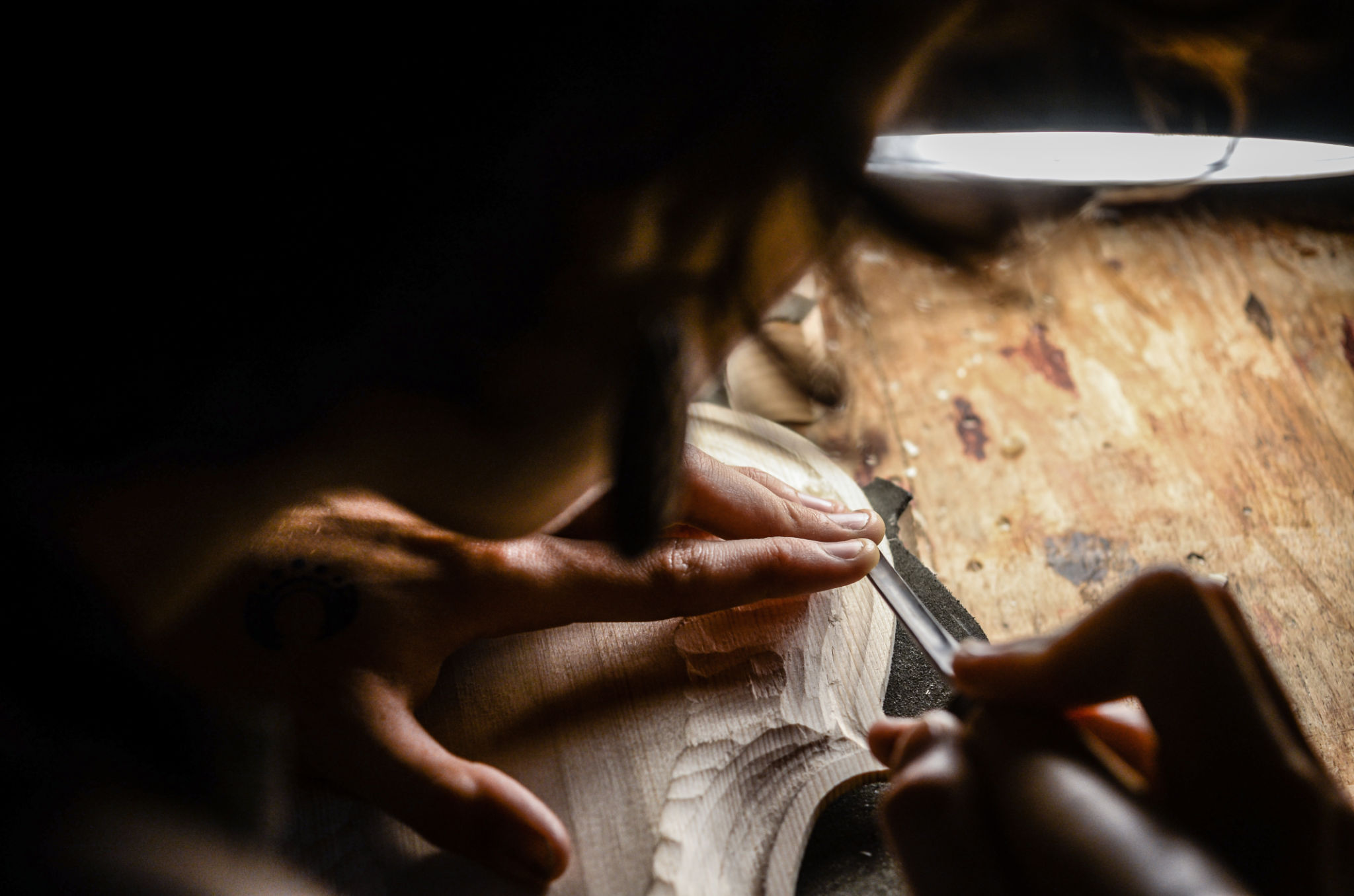Exploring Sustainable Materials in Serbian Furniture Design
The Rise of Sustainable Materials
In recent years, the furniture design industry has seen a significant shift towards sustainability, with Serbian designers leading the charge. The use of sustainable materials is no longer a trend but a necessity, driven by the urgent need to protect our environment. By focusing on eco-friendly materials, Serbian furniture designers are not only contributing to the global sustainability movement but also creating unique and innovative designs.
Sustainable materials are those that have a minimal impact on the environment during their life cycle, from production to disposal. These materials are often renewable, recyclable, or biodegradable, making them an ideal choice for environmentally conscious consumers. Serbian designers are increasingly incorporating these materials into their work, offering consumers an opportunity to furnish their homes in a more responsible way.

Popular Sustainable Materials in Serbian Design
Wood and Its Ethical Sourcing
Wood has long been a staple in furniture design, and Serbian designers are committed to sourcing it responsibly. By choosing wood from sustainably managed forests, they ensure that their creations do not contribute to deforestation. Certification programs like the Forest Stewardship Council (FSC) provide guidelines and standards for ethical sourcing, making it easier for designers to make responsible choices.
Bamboo: The Fast-Growing Favorite
Bamboo is gaining popularity in Serbian furniture design due to its rapid growth rate and minimal environmental impact. It is one of the fastest-growing plants on Earth and can be harvested without causing damage to its root system, allowing for continuous growth. This makes bamboo an excellent sustainable alternative to traditional hardwoods.

Innovative Use of Recycled Materials
Recycled materials are becoming increasingly prevalent in Serbian furniture design. Designers are creatively repurposing materials such as metal, glass, and plastic to create stylish and sustainable pieces. This approach not only reduces waste but also provides a unique aesthetic that cannot be achieved with new materials.
For instance, recycled metal can be used to create sleek and modern frames for chairs and tables. Recycled glass can be transformed into stunning tabletops or decorative elements. These innovative uses of recycled materials demonstrate the creativity and commitment of Serbian designers to sustainability.

The Impact on Consumers and the Environment
The move towards sustainable materials in Serbian furniture design has a positive impact on both consumers and the environment. By choosing eco-friendly products, consumers can reduce their carbon footprint and support practices that protect natural resources. In addition, sustainable furniture often boasts superior quality and longevity, offering greater value over time.
Supporting Local Economies
Embracing sustainable practices also supports local economies by promoting small-scale craftsmanship and reducing reliance on imported materials. Many Serbian designers work closely with local artisans, ensuring that traditional skills are preserved while creating contemporary designs. This collaboration not only enriches the local community but also strengthens the cultural identity of Serbian furniture design.

In conclusion, the exploration of sustainable materials in Serbian furniture design highlights the industry's commitment to environmental responsibility and innovation. By choosing sustainable options, both designers and consumers can contribute to a healthier planet while enjoying beautiful and functional furniture. As this movement continues to grow, it promises a future where style and sustainability go hand in hand.
